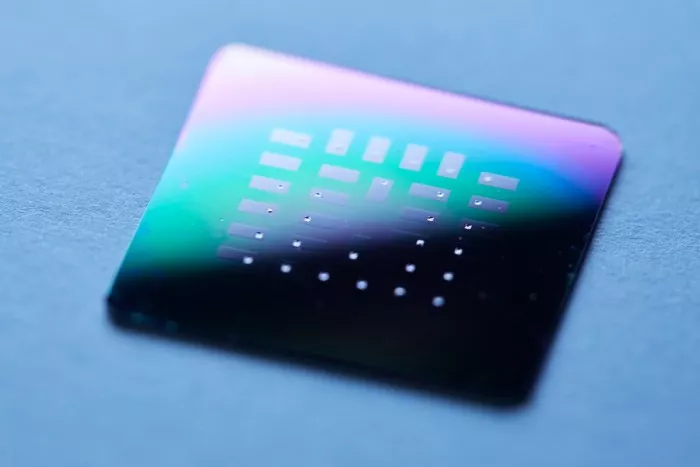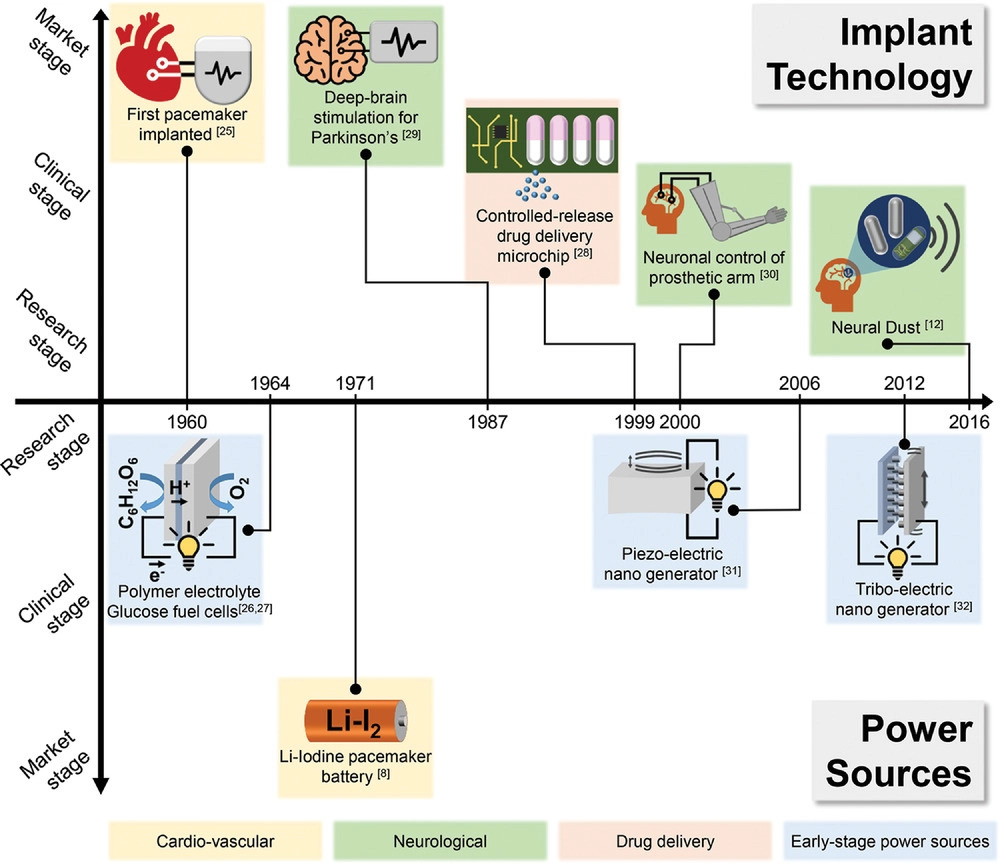It is difficult to power medical implants, but using the body's own fuel source can make them run for a long time A newly designed micro fuel cell converts glucose into electricity to power implants more effectively than any other design so far

Implants like pacemakers can take decades to operate, so they need a stable power supply, and the cable cannot be laid just through the patient's skin. The battery may be an obvious solution, but replacing the battery requires surgery. Even with the new development of in vitro wireless charging, the battery will increase too much volume for devices that need to be as small and light as possible.
Ideally, implants will be equipped with devices that can generate electricity by themselves. What better than the abundant energy used by our own cells? Glucose fuel cells, which convert the chemical energy of blood glucose into electrical energy, have been developed for decades, but they still have some problems to be solved. Now, a new device developed by researchers at MIT and Munich University of technology may have some answers.

The structure of the new fuel cell is basically the same as that of the existing fuel cell, which is composed of anode, electrolyte and cathode. The anode reacts with glucose in body fluid to produce gluconic acid, which will release two protons and two electrons. Electrolytes take away protons, where they mix with air and become harmless water molecules. At the same time, electrons are collected into a circuit where they can be used to power the implanted device.
Most of the time, the electrolyte in glucose fuel cells is made of polymers, but for their equipment, researchers used a new material - ceria, a strong and stable ceramic, which can conduct protons well, and has been used in the same work of hydrogen fuel cells. The electrode is made of platinum, which reacts strongly with glucose.

The final battery is small - about 300 microns wide and only 400 nanometers thick. To test them, the researchers made 150 batteries on silicon chips, flowed glucose solution through their tops, and measured their power output.
These fuel cells produce a peak voltage of about 80 mV, which is equivalent to about 43 microwatts per square centimeter. The team said that this is the highest power density of any glucose fuel cell manufactured so far, enough to power implantable devices.
In addition to high output, ceramic materials also help it live longer and can withstand high-temperature disinfection before implantation. The researchers can say that the coating can be made to power the fuel cells.
The study was published in advanced materials 》In the magazine.